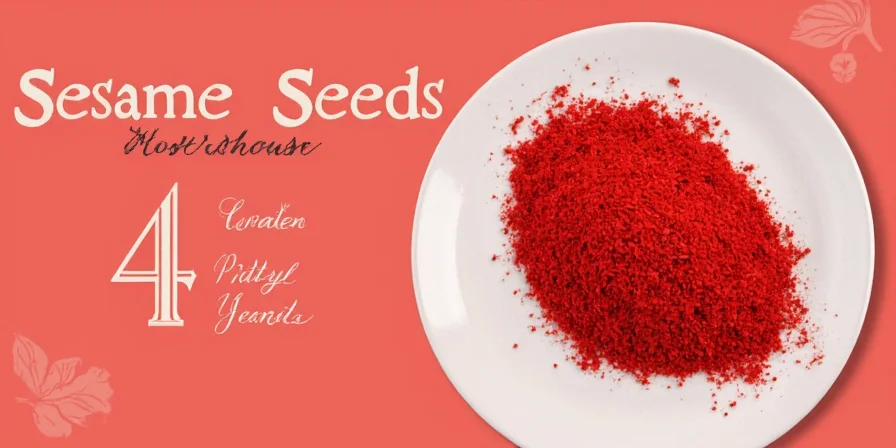
Introduction: What Exactly Is a Sesame Seed?
For home cooks and nutrition-focused food enthusiasts, sesame seeds represent far more than decorative bun toppings. This compact oilseed delivers exceptional culinary versatility and dense nutritional value, making it indispensable for modern kitchen experimentation and health-conscious eating. Discover why this ancient crop remains scientifically relevant in contemporary nutrition science.
Table of Contents
- What Is a Sesame Seed Anyway?
- Types of Sesame Seeds
- Nutrition Breakdown
- 5 Practical Cooking Tips with Sesame
- Sustainability Perspective
- Fun Facts You Didn't Know
- Historical & Cultural Impact
- Buying & Storage Guide
- Summary & Final Thoughts
What Is a Sesame Seed Anyway?

The sesame plant (Sesamum indicum) ranks among humanity's oldest cultivated crops. Its distinctive pods burst open when mature—inspiring the "Open Sesame" legend. As an oilseed containing up to 50% oil content, sesame serves dual purposes in culinary and industrial applications. Unlike most seeds, its natural preservative properties (sesamol and sesamin) prevent rancidity, enhancing shelf stability.
Botanical Classification
| Category | Details |
|---|---|
| Scientific Name | Sesamum indicum |
| Family | Pedaliaceae |
| Common Names | Til, Gingelly, Benne |
| Edible Part | Seed |
Types of Sesame Seeds
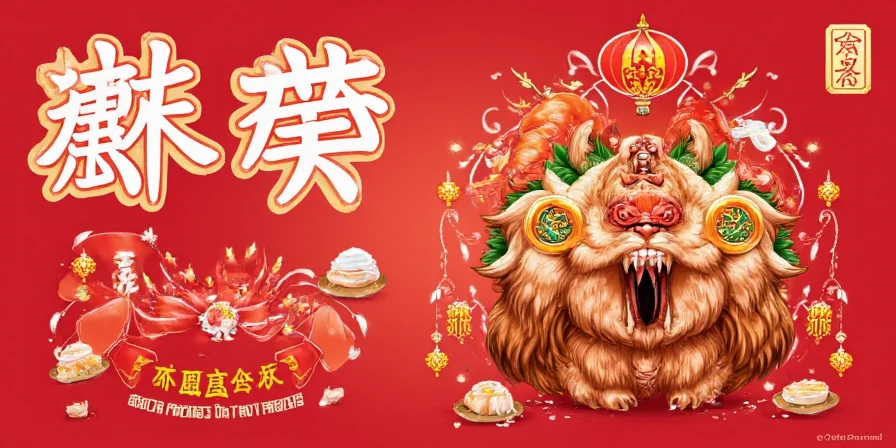
Varietal differences significantly impact flavor profiles and culinary applications. Understanding these distinctions allows precise recipe execution:
- White Sesame Seeds – Hulled variety with mild nuttiness, ideal for baking and Middle Eastern dressings
- Black Sesame Seeds – Unhulled with earthy bitterness, preferred in East Asian confections and medicinal preparations
- Golden/Brown Sesame Seeds – Natural husk retained, offering robust flavor for curries and artisanal tahini
- Tahini – Stone-ground paste requiring specific oil ratios (12-15%) for optimal texture
Varietal Application Guide
| Variety | Flavor Profile | Culinary Applications | Regional Prevalence |
|---|---|---|---|
| White | Mild, nutty | Baking, dressings, snacks | Western, Middle Eastern |
| Black | Earthy, slightly bitter | Desserts, rice dishes, medicinal oils | East Asian |
| Golden/Brown | Robust, complex | Curry bases, artisanal tahini, breads | South Asian, African |
Nutritional Breakdown: Science-Backed Benefits
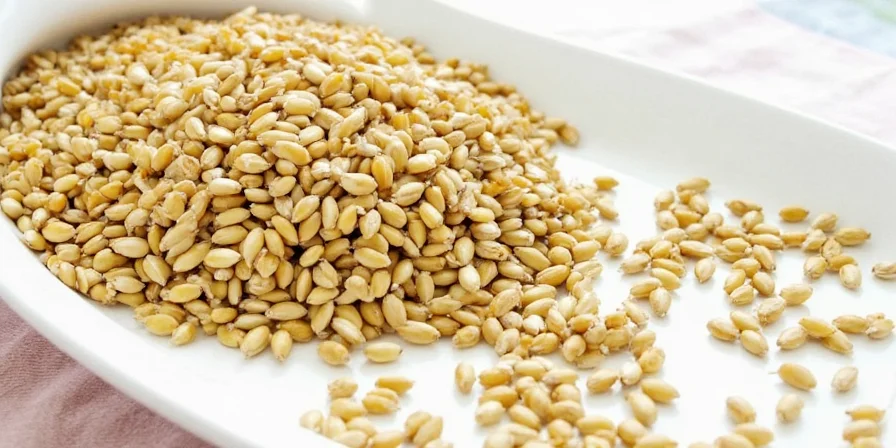
Sesame's micronutrient density explains its historical medicinal use. Key components verified through agricultural research:
- Calcium Density: Provides 280mg per ounce (28g)—exceeding milk's 276mg per 8oz serving by weight comparison
- Lignan Compounds: Sesamin modulates lipid metabolism and exhibits neuroprotective properties in clinical studies
- Complete Protein: Contains all nine essential amino acids uncommon in plant seeds
- Iron Bioavailability: Enhanced when consumed with vitamin C sources due to phytic acid content
Nutrient Comparison (Per Standard Serving)
| Nutrient | Sesame Seeds (1oz) | Almonds (1oz) | Milk (8oz) |
|---|---|---|---|
| Calories | 178 | 169 | 146 |
| Protein | 5g | 6g | 8g |
| Calcium | 280mg | 76mg | 276mg |
| Iron | 1.3mg | 1.1mg | 0.3mg |
5 Precision Cooking Techniques

Maximize flavor and nutrition through these chef-validated methods:
- Controlled Toasting: Heat seeds in dry skillet at 325°F (163°C) for 3-4 minutes until golden. Exceeding 350°F causes bitter compounds.
- Tahini Optimization: Blend toasted seeds with 10% neutral oil (grapeseed) at high speed for 90 seconds to emulsify properly.
- Protein Adhesion: Mix seeds with panko (1:1 ratio) for superior crust adhesion on proteins without premature burning.
- Batter Integration: Fold into batters during final mixing stage to preserve crunch and prevent oil leakage.
- Layered Flavoring: Combine with citrus zest in final dish assembly to counteract natural bitterness while enhancing aroma.
Sustainability Perspective: Climate-Resilient Crop

Beyond nutrition, sesame offers unique agricultural advantages. As a drought-tolerant crop requiring only 350-450mm annual rainfall, it thrives in marginal soils where other oilseeds fail. Recent agricultural studies confirm its suitability for climate change adaptation strategies—the International Crops Research Institute reports 20% higher yield stability in water-stressed regions compared to soybeans. This resilience makes sesame cultivation economically viable for smallholder farmers in developing economies while reducing irrigation demands.
Science-Verified Historical Facts
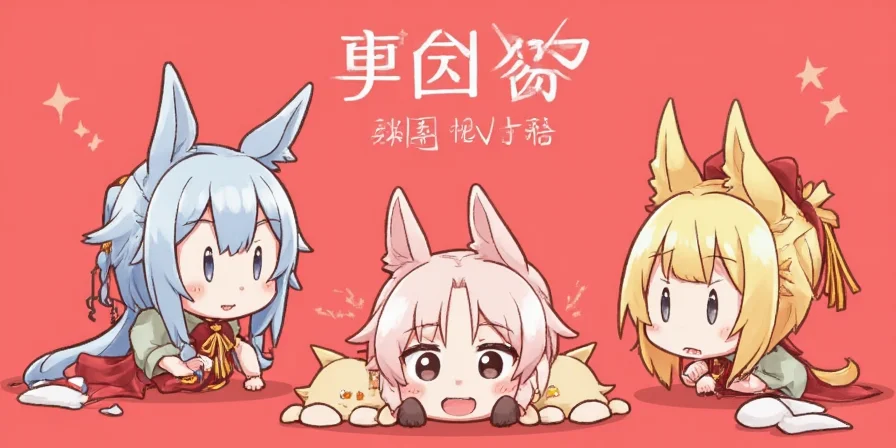
Historical applications validated by modern research:
- 🪄 The "Open Sesame" reference directly correlates to sesame pods' dehiscence mechanism (natural splitting when ripe)
- 🧠 Sesamin demonstrates measurable cognitive benefits in rodent studies through hippocampal protection
- 🔥 Ancient Egyptian embalming practices utilized sesame oil's antioxidant properties to preserve tissues
- 🌍 NASA research confirms sesame's growth viability in simulated Martian regolith due to mineral efficiency
- 🥄 Historical royalty associations stem from labor-intensive harvesting—1kg seeds require 2,000 pods
Historical & Cultural Evolution
Sesame cultivation dates to 1600 BCE Mesopotamia. Babylonian medical texts documented its use for pain relief, while Ayurvedic traditions prescribed it for vata imbalances. Culturally, sesame symbolizes longevity in East Asia (used in birthday foods) and prosperity in West Africa (included in wedding ceremonies). Japanese culinary traditions distinguish between goma (white) and kurogoma (black) with specific ceremonial applications—black sesame paste fills ceremonial mochi for symbolic protection.
Buying & Storage Protocol
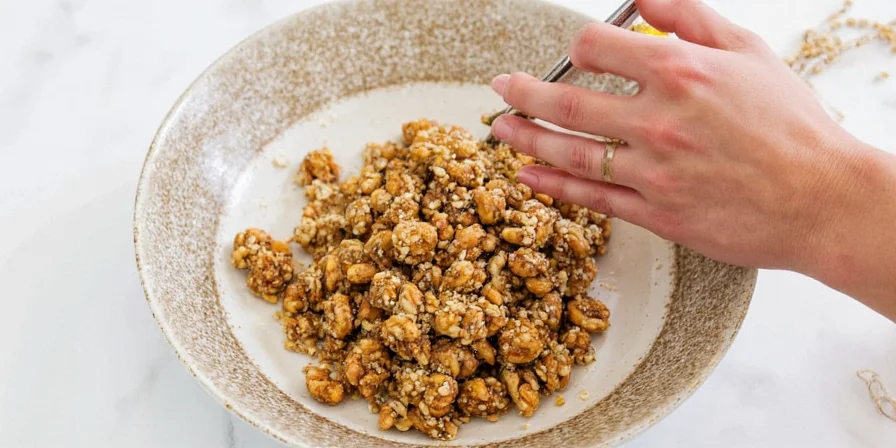
Preserve nutritional integrity with these evidence-based practices:
- Purchase Criteria: Select whole seeds showing uniform color—avoid pre-toasted products with visible oil spots indicating oxidation
- Processing Impact: Raw seeds maintain lignans; roasted versions increase antioxidant capacity but reduce sesamin by 15%
- Storage Vessels: Use amber glass containers to block UV light—plastic leaches compounds into high-oil-content seeds
- Temperature Control: Refrigeration below 40°F (4°C) extends shelf life to 18 months by slowing lipid oxidation
- Quality Check: Fresh seeds snap cleanly when bitten; stale seeds crumble without resistance
Conclusion: Integrating Sesame Wisdom
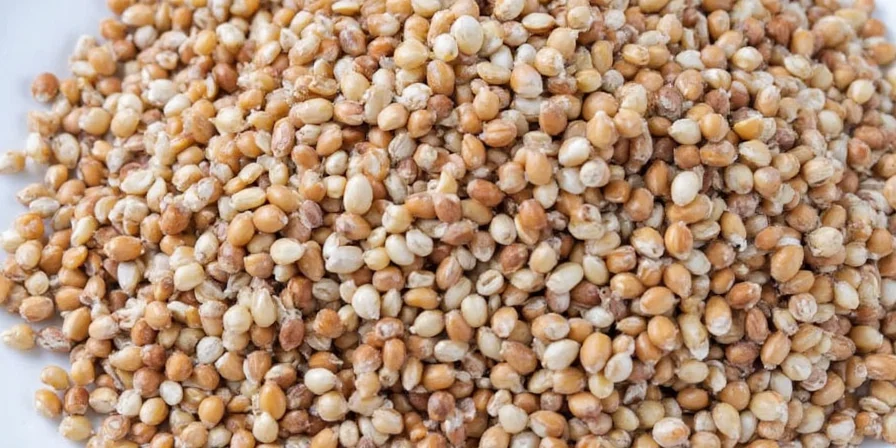
Sesame seeds represent a convergence of ancient wisdom and modern nutritional science. Their unique biochemical profile supports both culinary innovation and sustainable agriculture. By understanding varietal differences and precise handling techniques, home cooks can harness this crop's full potential—from enhancing dish flavors to contributing to eco-conscious food systems. As climate resilience becomes increasingly critical, sesame's role in future-proofing global food supplies grows ever more significant.
Frequently Asked Questions
Are raw sesame seeds digestible?
Whole raw sesame seeds have low digestibility due to their hard cellulose hull. Light toasting or grinding significantly improves nutrient absorption—studies show 30% higher mineral bioavailability when seeds are processed.
How does sesame oil compare to other cooking oils?
Sesame oil has a higher smoke point (410°F/210°C) than olive oil but lower than avocado oil. Its unique advantage lies in natural antioxidants (sesamol) that prevent polymerization during heating, reducing harmful compound formation compared to standard vegetable oils.
Why do black sesame seeds taste more bitter?
The bitterness comes from anthocyanins in the unhulled seed coat—compounds with demonstrated antioxidant benefits. Toasting reduces perceived bitterness by caramelizing natural sugars while preserving these beneficial compounds.
Can sesame seeds cause allergies?
Yes, sesame is a major allergen affecting approximately 0.2% of populations. Allergic reactions range from mild (hives) to severe (anaphylaxis). Cross-contamination risks exist in facilities processing other seeds, so certified allergen-free products are recommended for sensitive individuals.
What makes tahini separate?
Natural oil separation occurs due to sesame's high fat content. To prevent this: 1) Use seeds with 12-15% added neutral oil during grinding 2) Blend at high speed for 90+ seconds to create stable emulsion 3) Store upside down before first opening. Separation doesn't indicate spoilage—simply stir thoroughly.
Continue your culinary exploration: "10 Global Dishes That Can't Exist Without Sesame" 👩🍳

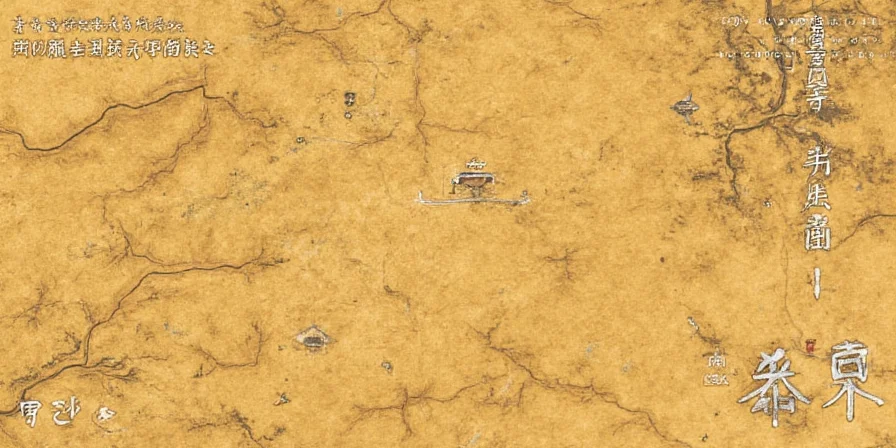









 浙公网安备
33010002000092号
浙公网安备
33010002000092号 浙B2-20120091-4
浙B2-20120091-4